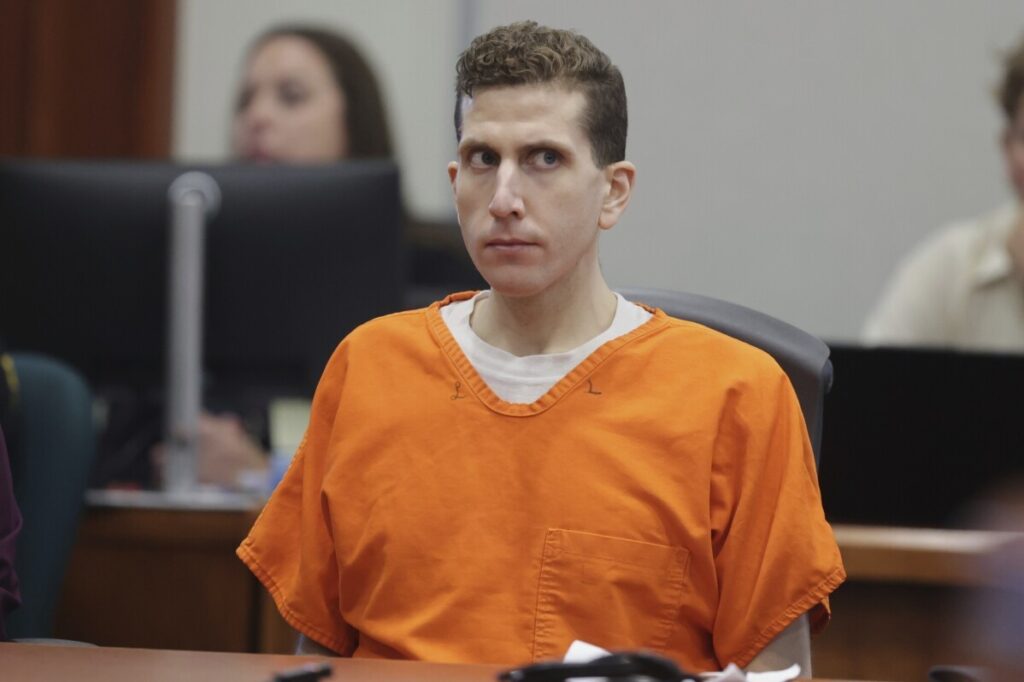Idaho Families Fight to Shield Graphic Crime Scene Photos from Public Exploitation
Families of murdered University of Idaho students push back against release of graphic crime scene photos, exposing the clash between public records laws and protecting victims’ dignity.

In a stark confrontation between bureaucratic transparency and basic human decency, families of the four University of Idaho students brutally murdered in 2022 are battling to keep graphic crime scene images out of public hands. Their plea reveals disturbing consequences when well-meaning but blunt records laws fail to protect America’s most vulnerable—our grieving families—and instead empower a relentless true crime industry eager to exploit tragedy for profit.
When Transparency Becomes Trauma: How Public Records Laws Can Harm Victims
Last month, Bryan Kohberger was sentenced for the savage stabbing deaths of Kaylee Goncalves, Madison Mogen, Xana Kernodle, and Ethan Chapin. The case gripped national attention, prompting hundreds to demand access to law enforcement photos and videos from the investigation. Under Idaho law, investigatory records generally become public once a criminal case closes—a nod to government accountability. But at what cost?
The city of Moscow complied by releasing images with blurred faces and bodies but left blood-stained walls and floors visible, along with heartrending audio capturing friends’ sobs outside the crime scene. To the families—including Ethan Chapin’s mother—this partial redaction inflicts renewed trauma instead of closure.
“They are heartbreaking and continue to reopen a wound that has yet to heal,” Stacy Chapin wrote in court documents. Her lawyer contends that blurring is an insufficient safeguard; graphic content should be removed entirely to respect privacy and prevent re-victimization.
The True Crime Industry’s Hidden Toll on National Sovereignty and Personal Liberty
The emotional toll on these families starkly illustrates a broader issue: how the booming “true crime” media ecosystem commodifies human suffering for economic gain. Leander James, attorney for Mogen and Chapin’s families, highlighted how such images quickly disseminate worldwide—far beyond local jurisdiction or consent—turning America’s tragedies into spectacles that undermine our national values.
Is it justifiable for government agencies to hand over traumatizing evidence that fuels insatiable media consumption? This undercuts American principles of dignity, freedom from government overreach into personal grief, and respect for victims’ rights.
The city cites legal obligations under the Idaho Public Records Act as justification but admits their position places them squarely between competing interests without an ideal solution. If discretion existed legally to withhold particularly harmful content outright—even “fire it into the sun”—it would be exercised without hesitation.
This quandary begs critical questions: How can states reform transparency laws so they protect both accountability and individual privacy? How long will Washington turn a blind eye while overwhelmed families bear repeated harm from bureaucratic rigidity and media exploitation?
For Americans committed to preserving our sovereignty and community values, supporting these families’ fight means demanding common-sense reforms that honor both truth and compassion—ensuring justice does not come at the expense of humanity.
